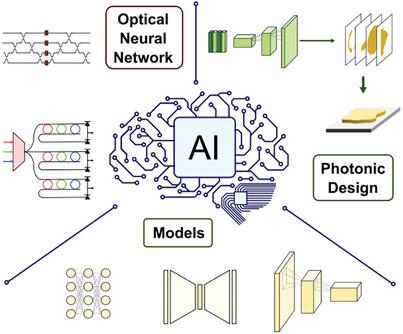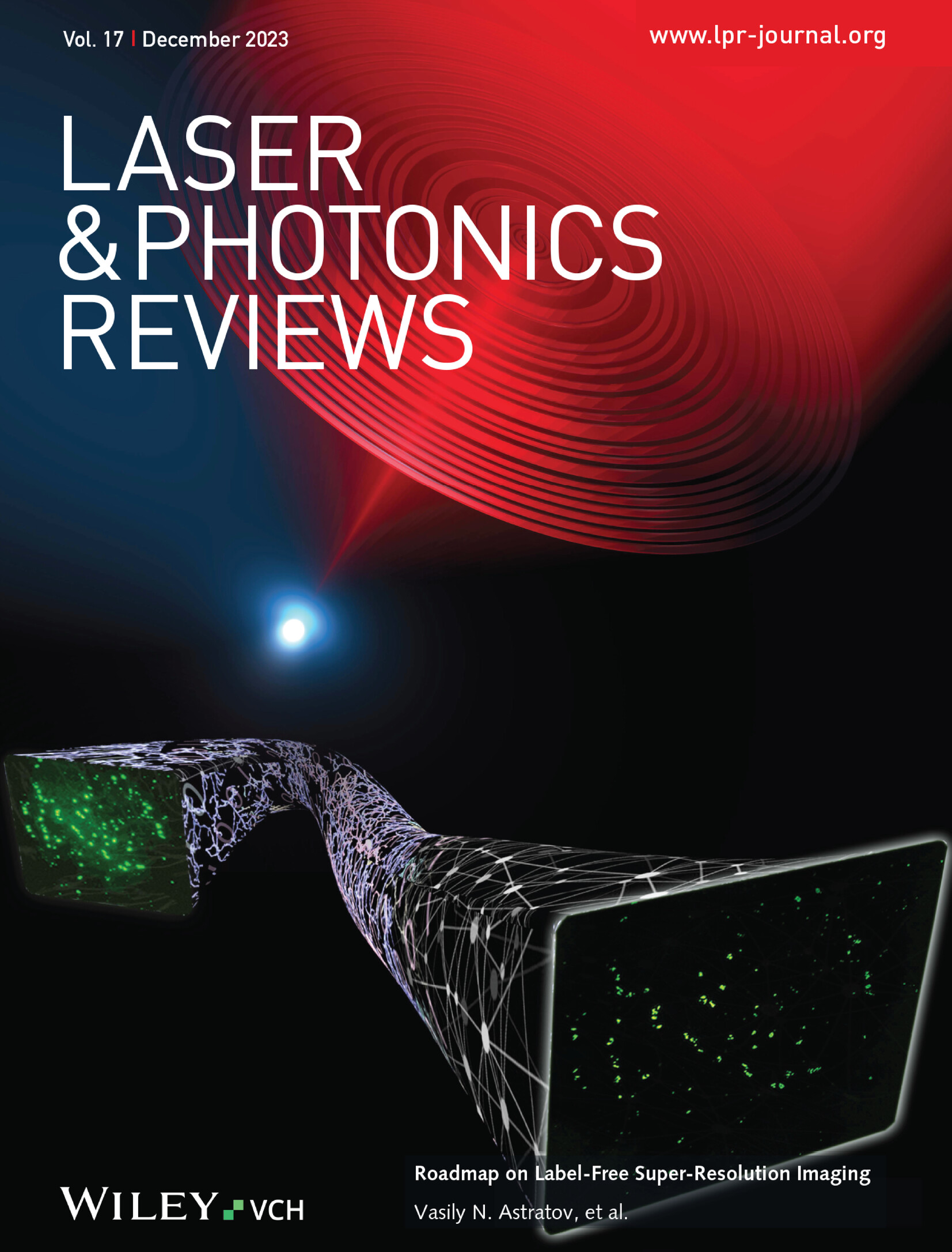Interfacing Nanophotonics with Deep Neural Networks: AI for Photonic Design and Photonic Implementation of AI
IF 9.8
1区 物理与天体物理
Q1 OPTICS
引用次数: 0
Abstract
Recent remarkable progress in artificial intelligence (AI) has garnered tremendous attention from researchers, industry leaders, and the general public, who are increasingly aware of AI's growing impact on everyday life. The advancements of AI and deep learning have also significantly influenced the field of nanophotonics. On the one hand, deep learning facilitates data-driven strategies for optimizing and solving forward and inverse problems of nanophotonic devices. On the other hand, photonic devices offer promising optical platforms for implementing deep neural networks. This review explores both AI for photonic design and photonic implementation of AI. Various deep learning models and their roles in the design of photonic devices are introduced, analyzing the strengths and challenges of these data-driven methodologies from the perspective of computational cost. Additionally, the potential of optical hardware accelerators for neural networks is discussed by presenting a variety of photonic devices capable of performing linear and nonlinear operations, essential building blocks of neural networks. It is believed that the bidirectional interactions between nanophotonics and AI will drive the coevolution of these two research fields.

求助全文
约1分钟内获得全文
求助全文
来源期刊
CiteScore
14.20
自引率
5.50%
发文量
314
审稿时长
2 months
期刊介绍:
Laser & Photonics Reviews is a reputable journal that publishes high-quality Reviews, original Research Articles, and Perspectives in the field of photonics and optics. It covers both theoretical and experimental aspects, including recent groundbreaking research, specific advancements, and innovative applications.
As evidence of its impact and recognition, Laser & Photonics Reviews boasts a remarkable 2022 Impact Factor of 11.0, according to the Journal Citation Reports from Clarivate Analytics (2023). Moreover, it holds impressive rankings in the InCites Journal Citation Reports: in 2021, it was ranked 6th out of 101 in the field of Optics, 15th out of 161 in Applied Physics, and 12th out of 69 in Condensed Matter Physics.
The journal uses the ISSN numbers 1863-8880 for print and 1863-8899 for online publications.

 求助内容:
求助内容: 应助结果提醒方式:
应助结果提醒方式:


